First Look: ARC8 Essential - A Light & Aggressive Trail Bike
ARC8 have been around for a few years now, but they're still a relatively small brand. That didn't stop them from raising some eyebrows back in May with the launch of their Evolve FS, a bike that blended a very low weight with properly aggressive geometry for the bike's short travel.
It didn't take a clairvoyant to see that the Evolve FS heralded a new direction for the brand and that their other bikes might just follow suit. The next bike to receive a makeover? The Essential.
The original Essential was the bike that launched ARC8 and was developed way back in 2016 as an aggressive trail bike for the time. But it also saw a lot of time in XC races thanks to its low weight.
It didn't take a clairvoyant to see that the Evolve FS heralded a new direction for the brand and that their other bikes might just follow suit. The next bike to receive a makeover? The Essential.
The original Essential was the bike that launched ARC8 and was developed way back in 2016 as an aggressive trail bike for the time. But it also saw a lot of time in XC races thanks to its low weight.
Essential Details
• 29" wheels
• Carbon fiber front & rear triangles
• Slider suspension
• 120mm - 130mm rear travel
• 130mm - 150mm front travel
• M and L sizes
• 1800g frame weight (claimed, size M, without shock)
• Bike Pricing: €4,399 to €5,299
• Frame Pricing: €2,199
• arc8bicycles.com
• 29" wheels
• Carbon fiber front & rear triangles
• Slider suspension
• 120mm - 130mm rear travel
• 130mm - 150mm front travel
• M and L sizes
• 1800g frame weight (claimed, size M, without shock)
• Bike Pricing: €4,399 to €5,299
• Frame Pricing: €2,199
• arc8bicycles.com
Seeing as the Evolve FS and new Essential were developed almost in parallel, there's a lot shared between the two bikes. We dove a bit deeper into all the details behind the new Evolve FS, and so the new Essential, in our First Ride.
Frame Details
The new Essential runs on 29" wheels front and rear, and instead of being fixed in its travel, ARC8 wanted to give some adjustability to the bike's intent and shape via the front and rear travel.
Rear travel can be between 120 - 130mm by changing the shock stroke and fork travel can sit anywhere between 130 - 150mm.
With the bike's light weight and aggressive chassis as a foundation, it allows the Essential to be built up as something with more of a focus on shooting up the hills while still being pretty capable on the downs, or something that swings more in favour of the downhills without compromising the uphill ability too much. All the while having the same light, direct but aggressive flavour in all the guises it can be built in, something that we experienced when riding the Evolve FS.
That lightweight chassis comes about from all the same developments as the Evolve FS. Frame surface area was significantly reduced in both the main frame and rear triangle while also eliminating pivot hardware by way of a flex pivot out back. And the slider suspension design played its role in eliminating weight too.
The compact slider design shaved weight when compared to a link long enough to get the same smooth suspension curves, while bolstering stiffness enough that ARC8 felt they didn't need a seatstay bridge.
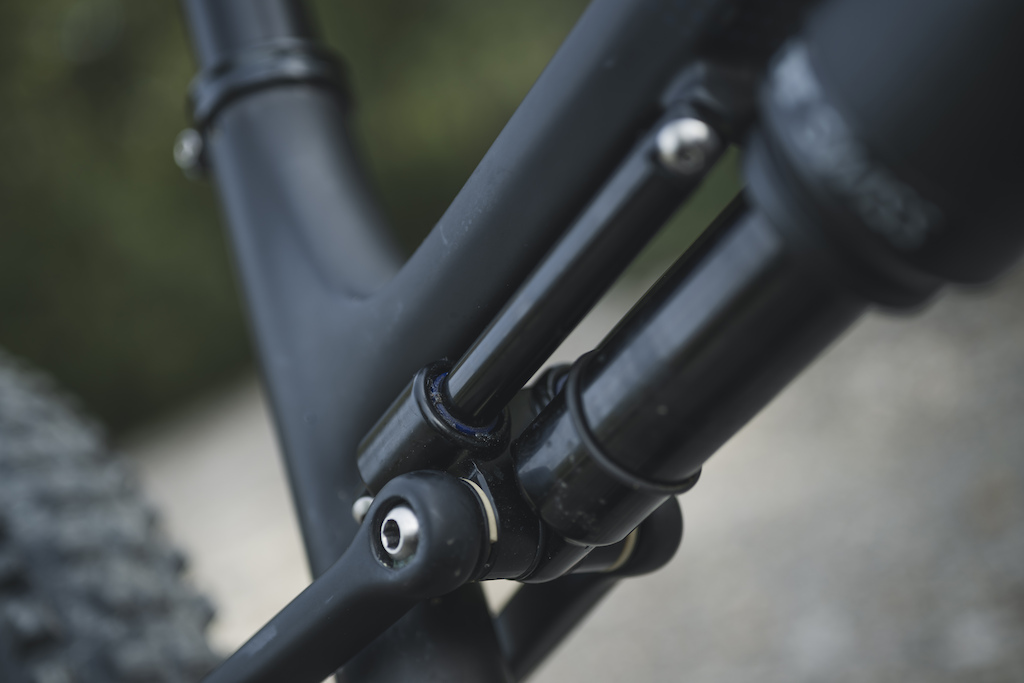
The slider itself runs in polished and hard anodized rods, Norglide bushings and SKF seals to keep the dirt out. It's also a very simple component to disassemble and maintain.
The slider suspension design is a single pivot layout and uses a 230mm long shock that can deliver between 120mm and 130mm of travel by changing from a 60mm stroke to a 65mm. This results in very low leverage ratios, as normally this length stroke would be used to develop 150mm to 170mm travel bikes. Again, this is a concept carried over from the Evolve FS and means that very low pressures are needed to achieve the correct sag.
The Essential was designed with air shocks in mind, but can accommodate those with piggy backs for builds that are more descending focussed. But, if you find more fun in blasting up the climbs it's also possible to use a remote shock lockout on the Essential.
Other frame details carried over from the Evolve FS include the threaded bottom bracket, room for up to 2.6" tires and flat mount disc brake mount, that works with 180mm rotors out of the box or 200mm with an adapter.
There's room for water and gear storage via the two mounts on the downtube, mounts for an upper chain guide and space in the frame for a whopping 38 tooth chainring, on a 55mm chain line.
SRAM's UDH is out back and all cables are internally routed. They enter via the headset, and that's all that will be said about that.
Geometry & Sizing
The Essential comes in two sizes, M and L, which actually line up closer to other brand's L and XL sizes in length. As is with the Evolve FS, ARC8 found that they could fit a wide range of rider heights and styles with just two sizes and so dropped the S size. The M size is quoted as good for riders between 160 - 178cm, with the L size for riders between 178 - 190cm.
Reach is 465mm for the M and 495mm for the L, both based around the 561mm axle to crown of a 150mm travel fork. Dropping the fork travel lengthens the reach.
There's a 64-degree head angle up front, which carries on ARC8's new philosophy of properly aggressive geometry for short travel bikes. Running a shorter fork will steepen the head angle.
In the middle there's a 40mm bottom bracket drop, which should equate to around a 330mm bottom bracket height depending on the tires. Dropping the fork travel will drop the bottom bracket height, but the shorter travel at the front is likely paired with shorter travel at the rear, stopping the bottom bracket from getting too low when riding.
There's a 76-degree virtual seat tube angle on both sizes that when combined with the seat tube offset gives a 71-degree real seat tube angle. That's a bit more difference between the virtual and real angles than the Evolve FS, meaning that if your seat is above or below ARC8's designed seat height, there will be more fore or aft movement from the seat.
Seat post insertions are 245mm and 265mm for the M and L sizes respectively, which isn't bad at all. But if your preference is to fit really long droppers then it's wise to double check.
The Essential uses short head tube lengths, like the Evolve FS, at 100mm for the M and 115mm for the L. That means the stack heights are low for a 150mm travel fork, but this is something ARC8 have always done, with a bit of a focus on being able to get the bars low for an aggressive climbing position, if that's your preference.
Chainstay lengths are also short, by today's standards, at 430mm on both sizes. But again, this is in keeping with ARC8's philosophy of having a short back end on all sizes for utmost maneuverability.
Build Options, Price & Availability
The Essential is available in two full builds as well as the frameset, all available in September of this year.
Builds with piggy back shocks, like the XT build, come with 130mm rear travel. Builds with inline shocks, like the SLX build and frameset, come with 120mm rear travel.
Essential XT - Fox 34 Performance 140mm fork and Float X Performance shock. Shimano XT drivetrain and brakes. Newmen Evolution A.30 wheels with Onza Ibex 2.4" tires. Faserwerk Baslerstab combo. Bikeyoke Revive dropper. €5,299.
Essential SLX - RockShox Pike Select 140mm fork and Deluxe Select+ RT shock. Shimano SLX drivetrain and brakes. Newmen Performance 30 wheels with Onza Ibex 2.4" tires. Faserwerk Rockstock bar and Handschmeichler stem. RaceFace Aeffect dropper. €4,399.
Essential Frameset - RockShox Deluxe Select+ RT shock. Across headset. ARC8 rear wheel axle. €2,199.
Author Info:
Must Read This Week
[UPDATED] Final Elite XC Results & Overall Standings from the Mairiporã XC World Cup 2024
42190 views
42190 views
Sign Up for the Pinkbike Newsletter - All the Biggest, Most Interesting Stories in your Inbox
PB Newsletter Signup
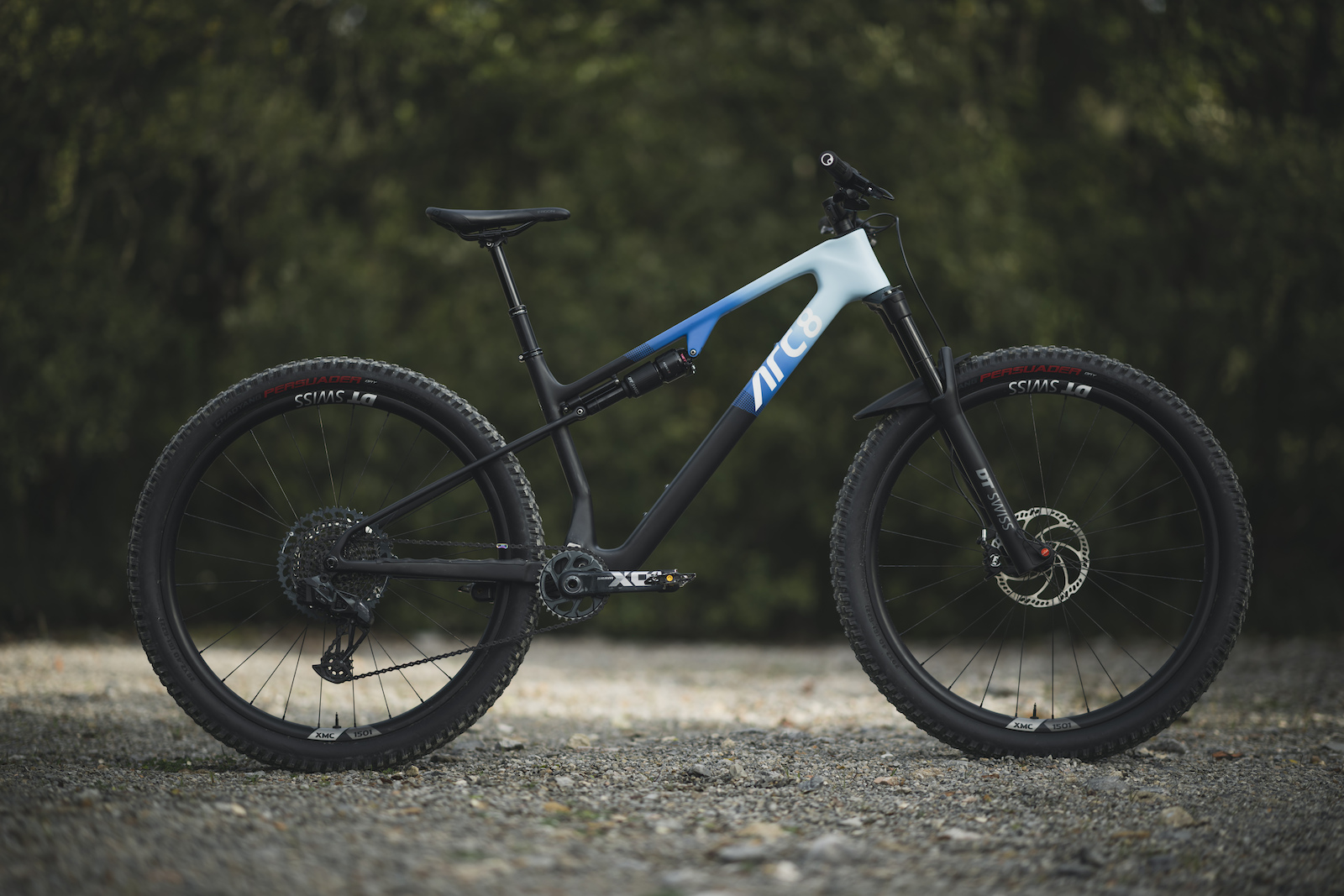
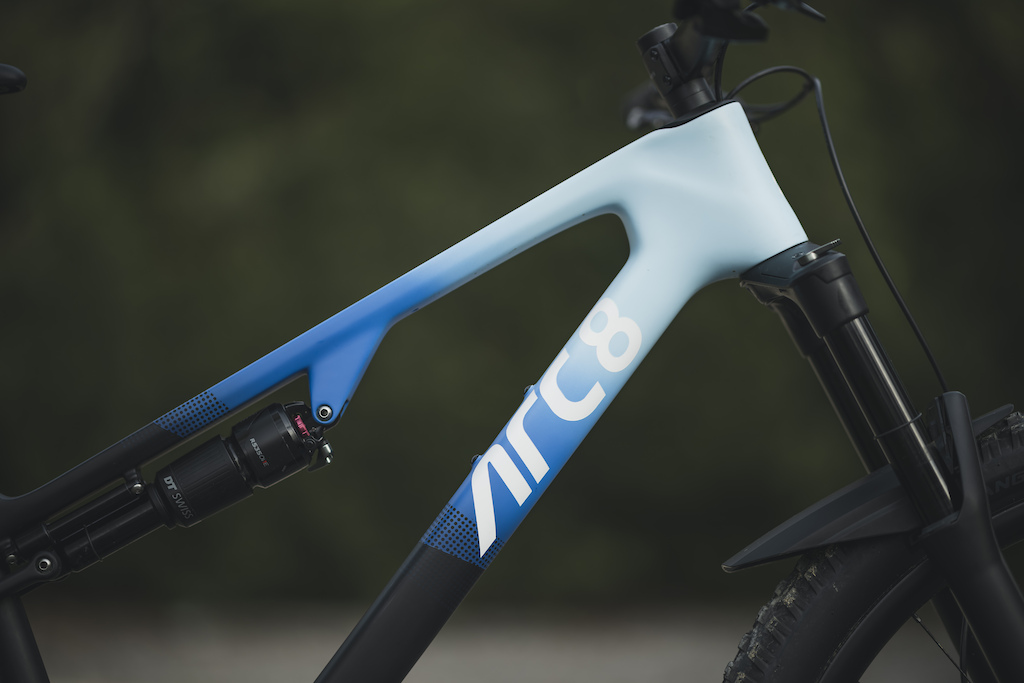
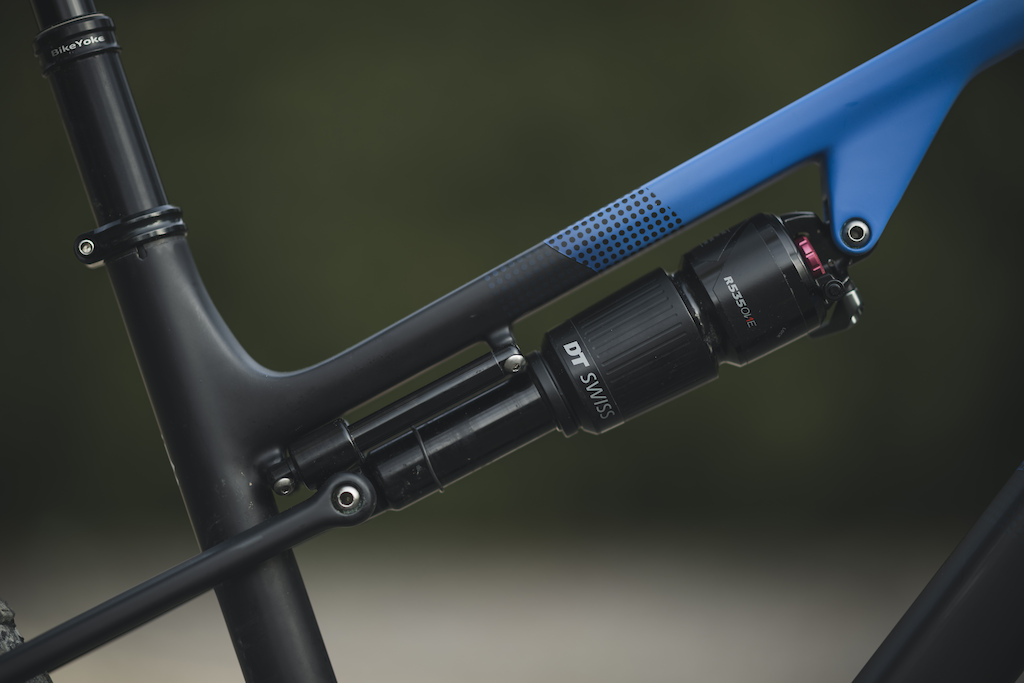
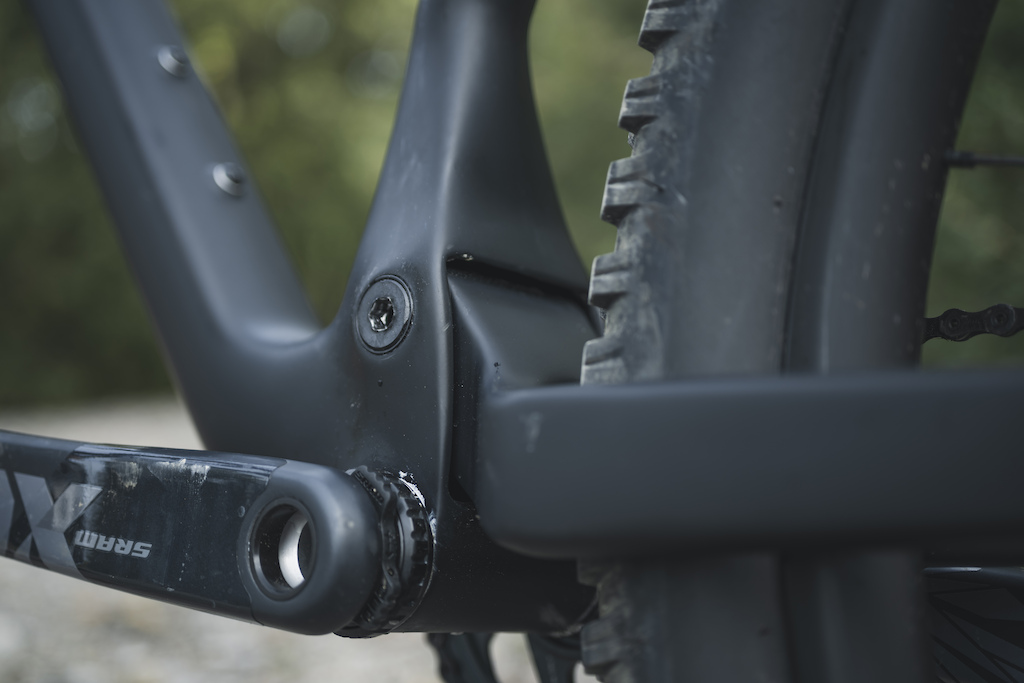
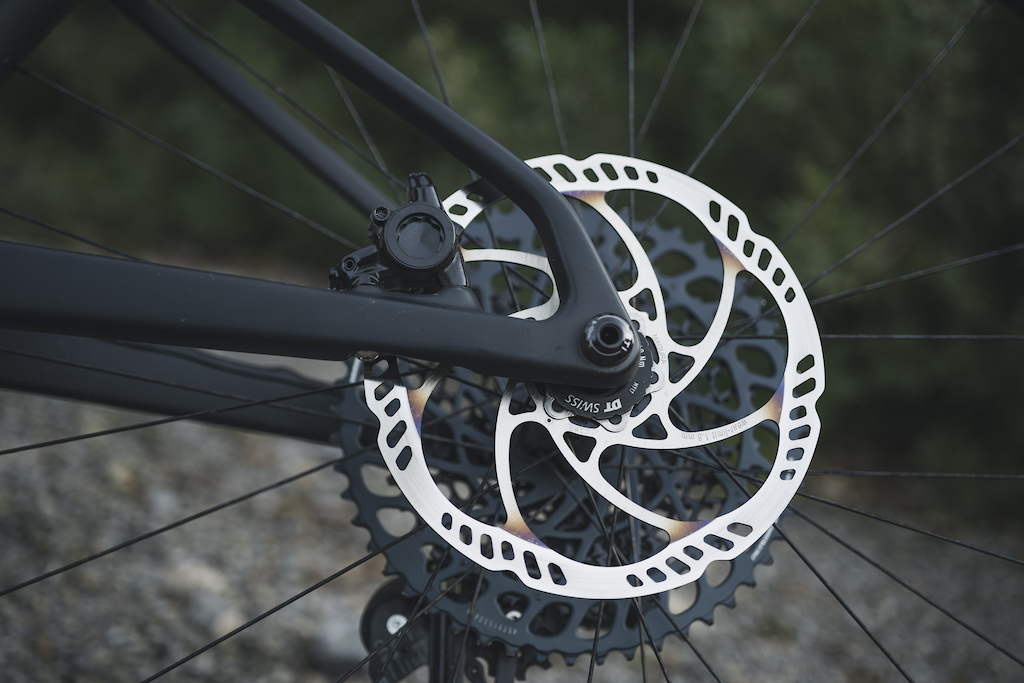
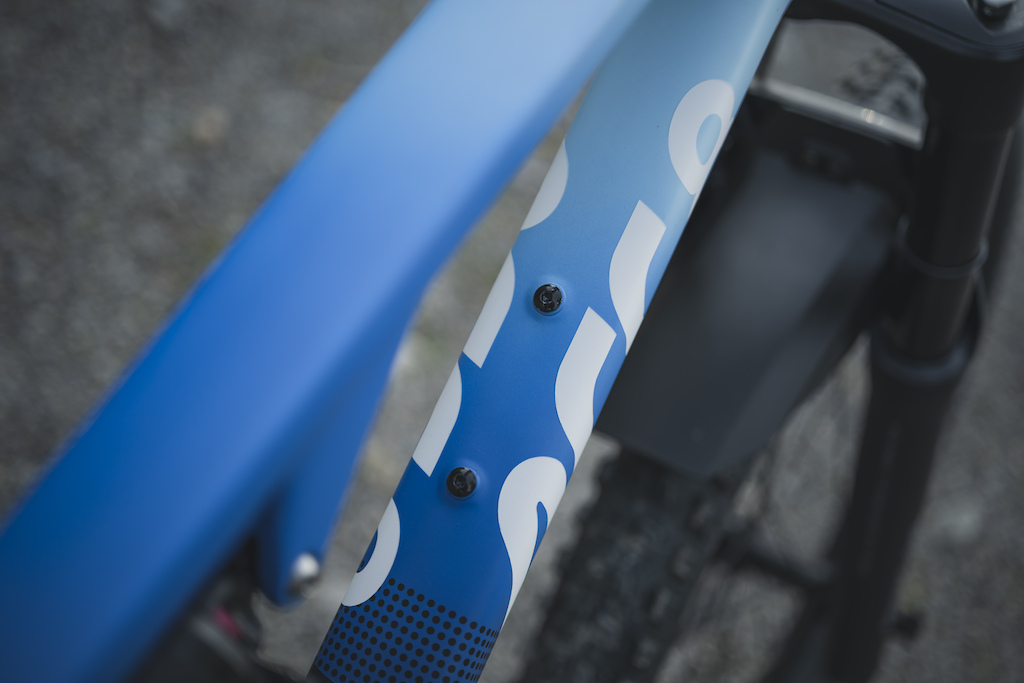
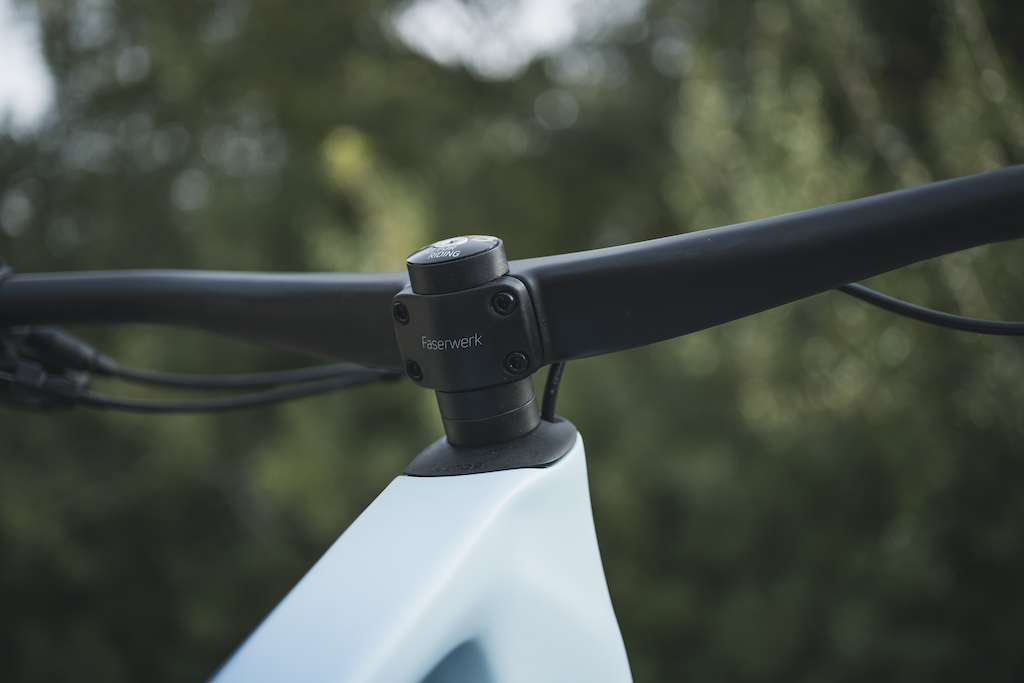
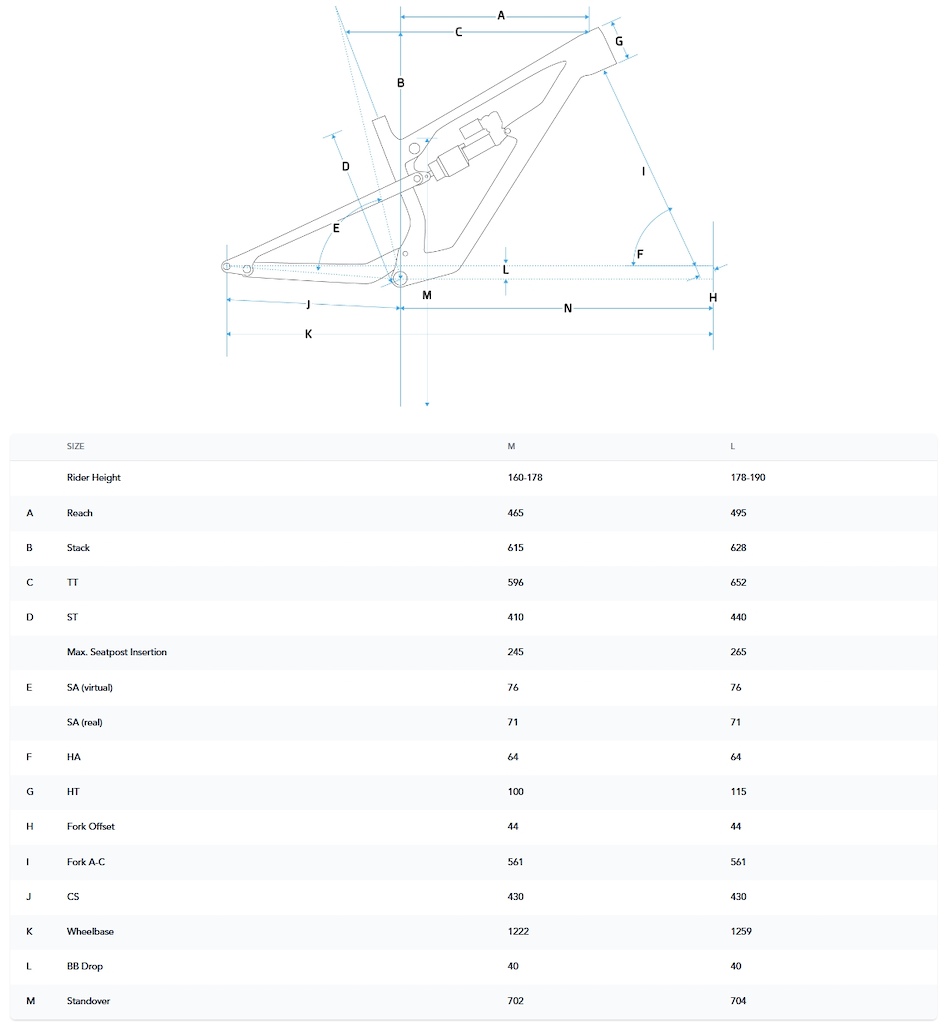
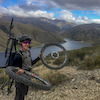
 Member since Apr 6, 2019
Member since Apr 6, 2019
But still, they are 2 piston calipers. Fine for XC, questionable for "aggressive trail".
Grab rotor by F unit of force at the outer disc edge brake the bike more efficiently than grabbing the rotor by F unit of force at the rotor center.
2 round pistons put a circular/square pressing area on the rotor.
4 smaller round pistons, 2 side by side change the pressing area to a more oval/ rectangular which is wider around the rotor outer edge and less deep into the rotor center.
Good times!
Also, since you mentioned stiffness, I'll say again that all else being equal a 4 pot caliper is stiffer than a 2 pot caliper.
Rotor radius* friction force.
There, the radius isn't a constant value. It's a gradient between outer most edge of the pad to the inner most edge of the pad. Normally we average it out and consider the center point of the pad as the radius where the force apply.
Now, consider two pads of the same area. One is square and tall (2 big piston pads), another one is wide and rectangular (4 piston pads) which one have center of the pad closer to the outer edge of the rotor, hence more effective rotor radius?
Also, reread my post above. I have tried to emphasize "SAME AREA" but it seems to escape you. I'm not talking about the area difference. I keep the area constant but change the shape of force application surface from a more square-ish to a more rectangular-ish shape, where it hug around rotor outer edge better. Putting less force on the inner area of the rotor and more on the outer side of the rotor edge.
Plus the additional advantages of stiffer callipers and natural toe in that comes with 4 pot.
@Spencermon: This is a great point you brought up! Indeed, the mechanical advantage of a hydraulic brake is partly determined by the ratio of (Master Cylinder Cross-section Area)
@wingguy: It's cool that you had both brakes to compare, I didn't realize the difference in size was that big!
these headsets barely last one dry summer
I've seen housing that's sized too short or long routed on the outside of a frame come into contact with the fork crown or frame and it can cut right into the metal over time. Now it's on the inside and potentially touching the steerer.....sounds like a bomb fuse that's lit and you just don't know how long the fuse is.
Add into that an egress for dirt and water to enter that area, no thanks.
Would be interesting to see how acros and bike companies would fair in a court of law if someone were to be injured through hose failure or steerer tube failure.
Then I got a Chromag. All external cables. Had the whole bike built in about 45 minutes and it was a joy to do so. Massive whiplash back into the external routing camp.
Faserstab Balserwerk. Stabwerk Baslerfaser.
Also, of any place on your bike least likely to get mud & spray on it, I'd say under the down tube is a good bet.
also, f*ck headset cable routing.
i like the idea of this bike - light, minimalist shredder (i like the aesthetics, too); unfortunately fails on a couple points.
Keep in mind it's the rider 90% of the time, so maybe you don't ride the same tech in BC that I ride down here, but down in the southwest we ride stuff that can't be plowed.
what i have a bigger issue with is one size fits all chainstays (ie, ignoring balanced geo). if your marketing spiel claims a tight cs for nimbility, who specifically is this claim directed towards? what's short for a size large rider is not for a small frame rider. do they optimize for the median size rider & say too bad for everyone else? it's just being lazy and/or cheap, which is disappointing when so many aspects of bike design are heavily nerded over.
I think, for brands who stick with a constant rear center across all their sizes, they'll probably sell most bikes to people of a length for whom that rear center is a good fit. There is little point moaning about a brand releasing a frame that doesn't happen to work for you. Hopefully there are others that are. And otherwise of course there is always the custom option.
"
The mainframe is moulded in one piece and with a closed surface where the main pivot will eventually go. It's then post machined to make the window where the chainstay enters into the frame.
"
Is this really what they've done? Do I understand correctly that they actually cut through the laminate to make room for the chainstays, so that they now have free edges in the front triangle near the bb area? If so, what have they done to avoid delamination to start right there? You don't want to be the rider who has to guinea pig a gravel ride on one of these.
It's always possible to just add extra material to compensate for something that compromises strength. Over a small area like this, we're looking at only a handful of grams.
I'm not saying the ARC8 is or isn't a better product for the choices they've made, just that the overall picture can be complicated and we shouldn't be too quick to condemn a design for cutting fibers. And yes, the area of cut fibers should be monitored closely, and the company should receive a giant serving of "I told you so" if it becomes a common failure point.
On the topic of reducing stress in this area, the main pivot width could've been increased. The surface of the frame extends only to the edge of the BB shell, when it could've extended to the outside of the BB or even the inner faces of the cranks.
And we haven't even got started on the sketchy things some factories have been known to do, like increase cure temperature until it destroys the resin to save a few minutes, simplify the lay-up to fewer than half of the original number of pieces (including some enormous ply-drops), omitting glass layers at bonded-in aluminum pieces - it's a terrifying list of corner-cutting.
If ARC8 has properly designed for their manufacturing process and will do proper QC - and I've heard no reason to doubt them - some cut fibers is nothing to worry about.
For consumers, the best indicator is failure rate. Some brands have a higher rates than others. Some failures come in waves, like a specific point where a tremendous number of frames break that probably indicates a design issue, or a "bad batch" that might indicate the factory started cutting corners, since many factories will keep slipping in dodgy changes until their client calls them out on it. Some brands seem to always be having all sorts of problems: alignment, cracks in various locations, mysterious delaminations, etc., which may suggest a company that doesn't take QA & QC seriously.
As you said, it's the results that matter. If the performance, price, features, weight, etc. all check out, all that matters is that it doesn't break. Wouldn't matter if it was made from PVC pipes and duct tape if it somehow delivered the results. That said, you're right to be cautious about certain things, like cut fibers, small or single-shear pivots, sharp angles, long unsupported sections, etc.
The rear triangle is pivoting at the bb, fixed at the rear axel, so shouldn't it need to rotate downward at the slider mech when engaged? Doesn't that pressure turn into friction at the slider and stress on the upper seat-stay?
I just don't get how the natural "arc" in the rear triangle movement can be converted into a linear movement along the slider vector without another pivot (say at the hub)?
The slider carriage thing isn't rigidly attached to the stays, they both can rotate around the shock mount bolt (the stay bends in an arc, not an S-shape). Yes it will create some off-axis forces on the slider, but probably not enough to be super noticeable (probably much less than a telescoping fork or Yeti's Switch Infinity sliders, for example). The force on the slider is directly related to the stiffness of the stays, so the easier they are to bend (looks pretty easy by design), the less they cross-load the slider shaft.
@B-foster
@browner
Thanks all, that makes sense... or rather... I believe what your are saying to be true and thanks for clarifying.
Despite their sexy hardtail looks, I can't see this design sticking around for years... seems destined for catastrophic failure. Some poor lycra wearer impaled by a snapped seat-stay.
@vinay I'd guess is that FEA is used extensively in designing this bike, which is in fact magic
@bhuckley there are plenty of flex-stay designs out there, from 2005-ish alloy trek fuel EX's to the current supercalibre to the new stumpy. As long as robust fatigue considerations were made (fatigue can be surprisingly overlooked in engineering generally) and good engineering practice used I think it should be fine
All frames flex. Thin tubes / plates flex more readily (some thin seatstays aren't hollow; it's more common on road bikes). These seatstays will flex upward as the suspension compresses to follow the path of the sliders. It's not much flex over such a long structure as the rear triangle. I'm not the slightest bit concerned about this amount of flex in such a long section of CFRP.
Yes, there will be off-axis forces on the sliders. Yes, this creates friction. If it works for telescoping suspension forks, it can work in this application. Unclear how well the execution works, but execution is a separate issue from concept.
Marketing regurgitation for: there’s room for one bottle in the frame, and an additional mount for accessories. Please use plural “bottles” only if it fits two bottles.
Is anyone else intrigued by the Chadyang tires on the display bike? I'm guessing Arc8 is a Chinese company or they would slap on some 'standard' rubber.
Honest question: Is this marketing newspeak for "we build the frame with smaller tube diameters"?
(Has a closer look...)
Only 2 sizes for riders between 160 and 190 cm? Hmm...
Flat mount brakes? Why?!
Through headset cable routing? OK, NO F-ING WAY! GTFO!
That said bike looks cool and has some good bits (in my opinion) like the spot on geo and looks, flex stays and rear shock guide.
- Do the bushings for the sliders look reasonably well sealed against dirt ingress?
- How would one go about aligning the sliders in the frame after a rebuild? Seems like the slightest deviation from the perfect angle could ruin the suspension performance.
- Any thoughts on ARC8's custom/proprietary rear wheel offest? Is there any tangible real-world benefit and would it really be worth having to re-dish the rear wheel?
What I like to see is manufactures offering a M/L size. Almost every DC/Shorttravel Trailbike released during the last few years is either too short in size M and too long in size L for people with 180/84cm body-measurements. I'm in no way going back to -600mm top-tube-lenghts with 70 or 80mm stems on mediums, nor do I want to be strechted out with a 650mm top-tube, almost 500mm reach and a wheelbase of 1259mm for large.
BTW: €3,299 frame prizing for an Evolve FS but "only" €2,199(=€1100 less) for an Essential!?! Is this a typo??